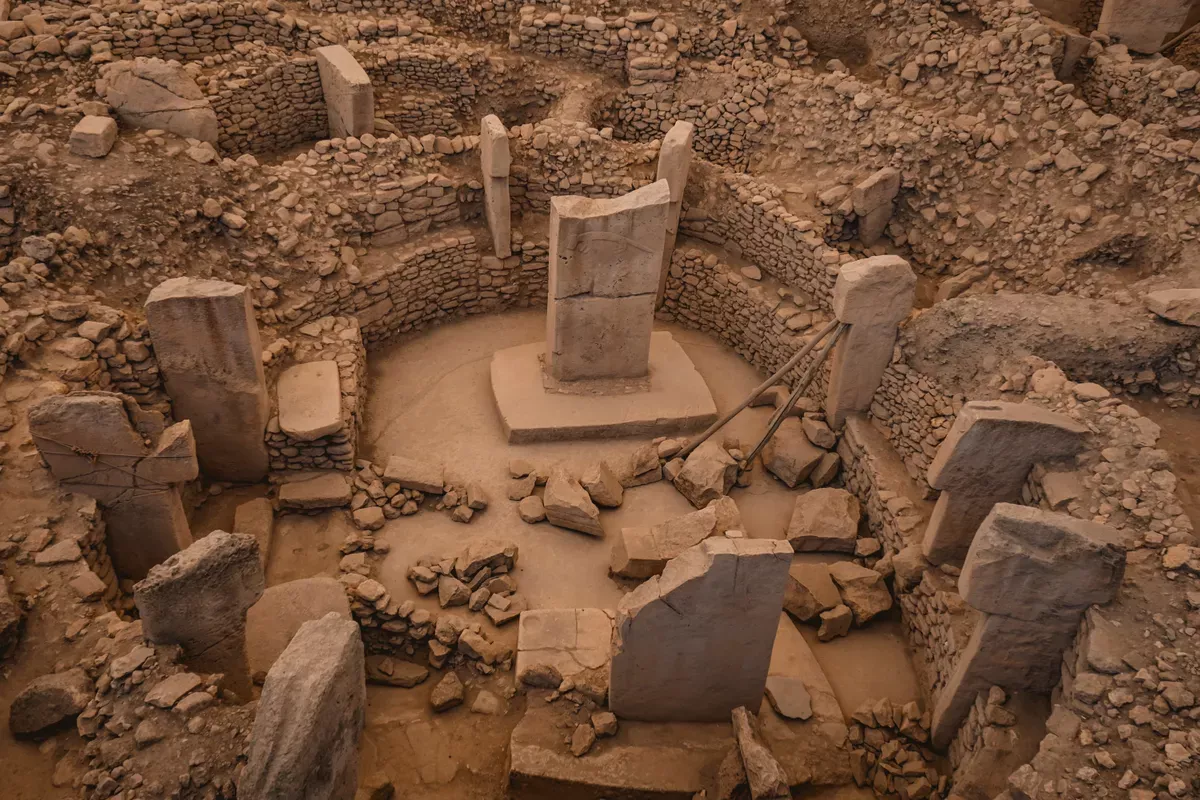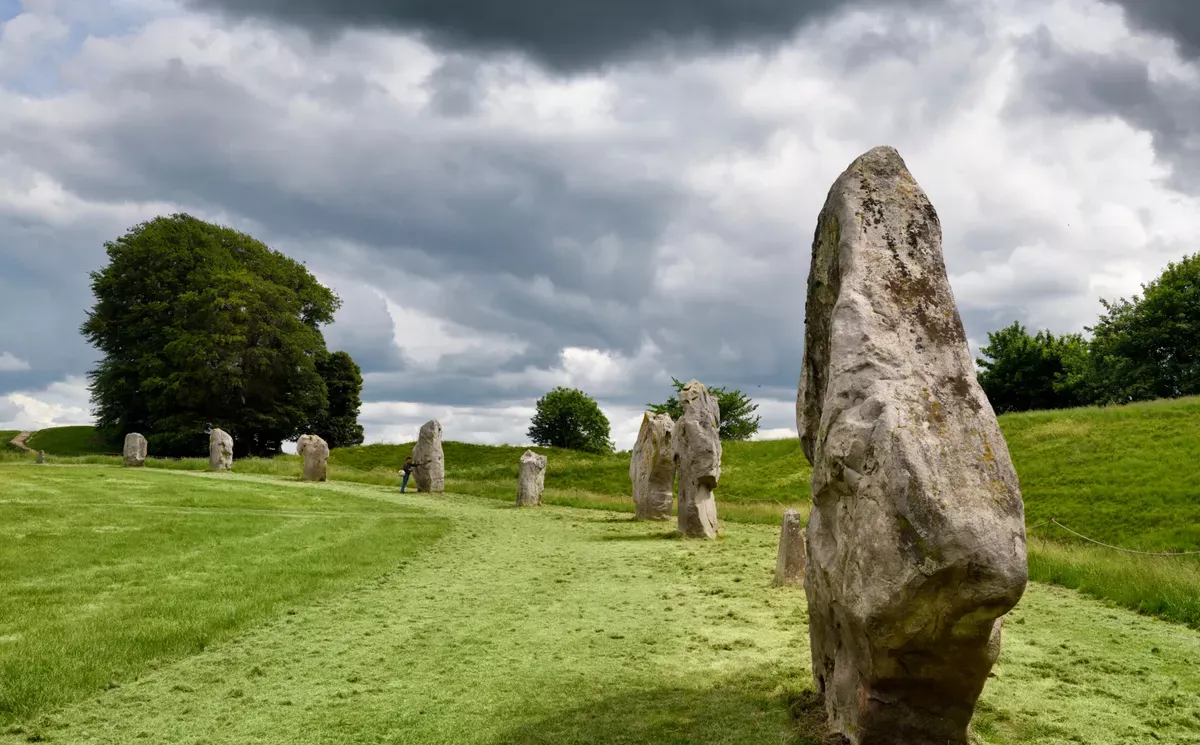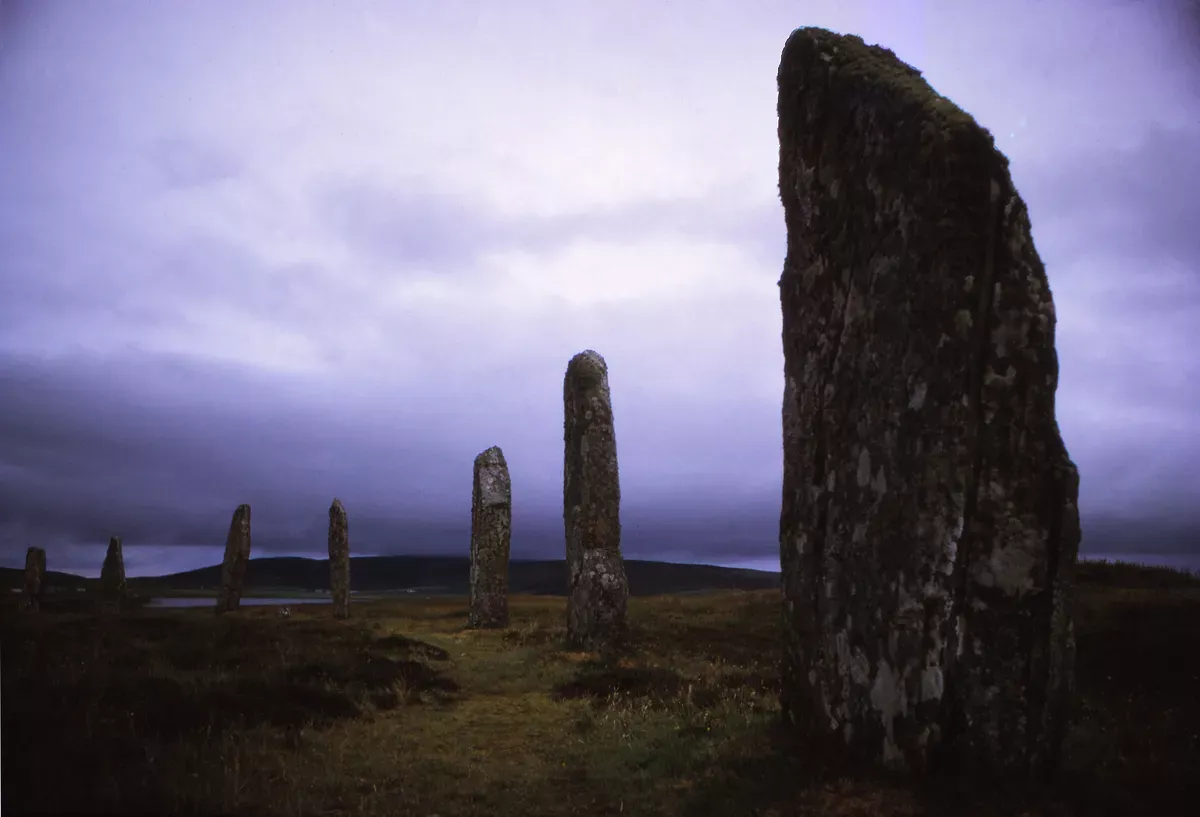Ancient megaliths you've never heard of that rival Stonehenge
Many megalithic sites around the world rival the famous English Stonehenge in both size and age, showcasing humanity’s long history of constructing monumental stone structures. While Stonehenge is iconic, many will be surprised to know that it is neither the oldest nor the largest one. The Göbekli Tepe in Türkiye, for example, is over twice as old as Stonehenge. Similarly, another English site in Avebury features a stone circle with a larger diameter than that of it's local well-known rival.
The Live Science publication provides a closer look at seven remarkable megalithic sites you might be tempted to visit:
1. Göbekli Tepe (Türkiye)
Göbekli Tepe, located in southeastern Turkey, dates back over 11,000 years and predates writing. Built by hunter-gatherers, it features T-shaped stone pillars up to 5.5 meters tall, adorned with carvings of animals, human-like figures, and abstract symbols. Its purpose remains debated, but it may have been a site for religious or social gatherings.

2. Avebury (England)
Avebury, created around 2500 B.C., boasts the world’s largest known stone circle, with a diameter of 420 meters. Inside are two smaller circles about 100 meters across. This site was part of a broader megalithic landscape in southwest England, featuring avenues of paired stones connecting Avebury to other ancient monuments.

3. Ring of Brodgar (Scotland)
Situated on the Orkney Islands, the Ring of Brodgar dates back to approximately 2500 B.C. Its stone circle originally consisted of 60 stones, of which 36 remain, standing 2.1 to 4.7 meters tall. The circle has a diameter of 104 meters and is surrounded by 13 burial mounds, indicating its role in ceremonies honoring the dead.

4. Ale’s Stones (Sweden)
Ale’s Stones, or Ales Stenar, features 59 boulders arranged in a ship-like formation near the Swedish village of Kåseberga. The stones, weighing up to 1,800 kilograms each, are estimated to be 1,000 to 2,500 years old. Its exact purpose remains unclear, but one theory suggests it served as a solar calendar.

5. Rujm el-Hiri (Golan Heights)
Known as the "Wheel of Giants" or the "Levantine Stonehenge," Rujm el-Hiri dates back 6,000 years and consists of concentric stone circles with a central tumulus (mound). The disputed Golan Heights region, where the arrangement is located, is claimed both by Israel and Syria. While its exact use is unknown, the tumulus suggests it was a burial site, possibly for significant individuals. Some have speculated about its role in astronomical observations, but evidence for this is inconclusive.

6. Dolmen of Guadalperal (Spain)
The Dolmen of Guadalperal, located in a human-made lake in western Spain, is around 7,000 years old. It comprises 150 standing stones forming an oval area, some over 1.8 meters tall. A large engraved stone marks the entrance, featuring depictions of a human and possibly a river or snake. This site was submerged after dam construction in the 1960s.

7. Carnac Stones (France)
The Carnac Stones in Brittany date back approximately 6,000 years and consist of around 3,000 stones arranged in rows and circles. The tallest stone stands at 6.5 meters. Some stones appear to mark burial sites, but the overall purpose of the site, including its possible ritual or religious functions, remains uncertain.

These megalithic sites illustrate the diversity and ingenuity of ancient civilizations, offering insight into their cultural and ceremonial practices across different regions and periods.
By Nazrin Sadigova








